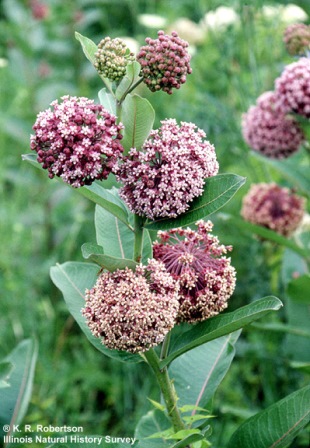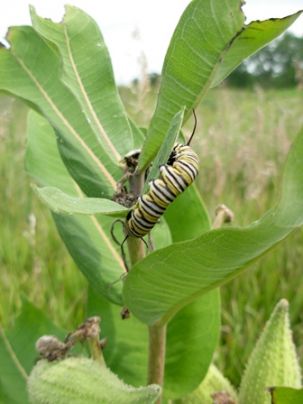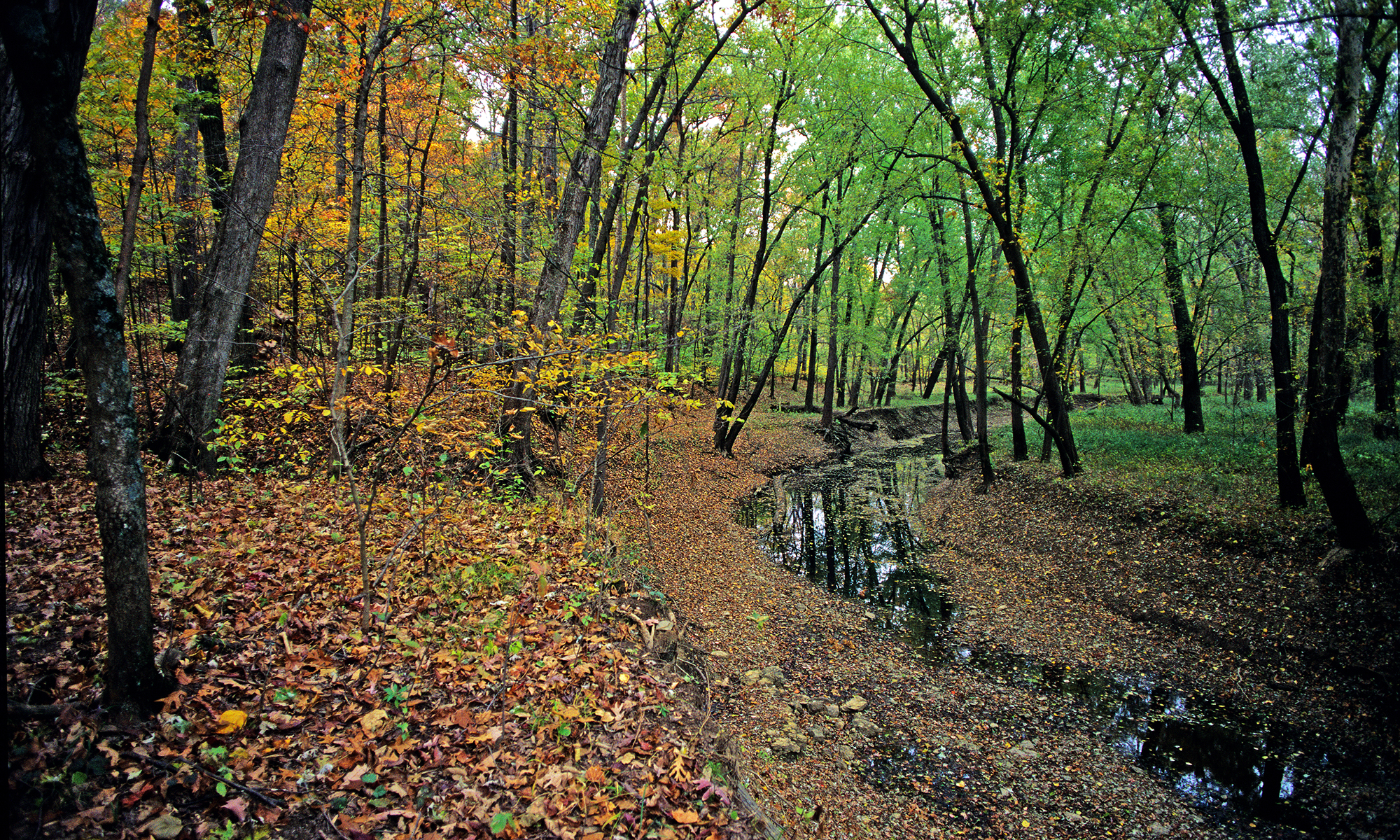Occupancy and Detection
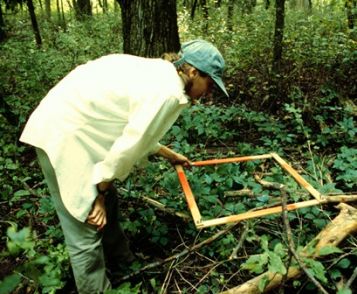
Estimates of species abundance are affected by how likely observers are to detect the species. Estimates can be artificially low if species are often missed. Adjustments for detectability are often incorporated into abundance estimates for birds and other animals, but are almost never considered for plants.We use CTAP forest data to develop a method for integrating detectability in estimates of plant abundance. We also aim to compare detectability for different types of species, identify which groups are most susceptible to bias in abundance estimates, and set minimum sampling requirements to obtain accurate and precise occupancy estimates.
Tree Recruitment and Invasive Shrubs
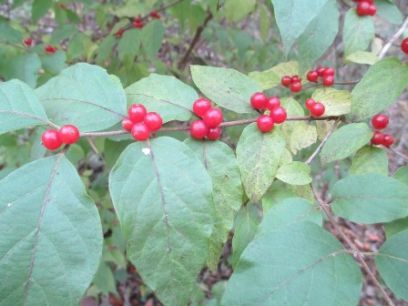
Oaks and hickories are important economic and ecological components of Illinois forests, as sources of wood and as keystone species for wildlife. A major concern for forestry in Illinois is an apparent decline in these valuable native tree species.
We are using CTAP forest data to test the hypothesis that invasive shrubs suppress recruitment of oaks and hickories, and to examine how the relationship varies among different shrub species and across different regions of the state. This work will allow us to make suggestions to improve management by focusing control efforts on invasive shrubs with the greatest forestry impacts.
Milkweeds
Populations of monarch butterflies that migrate through eastern North America have been in decline since the late 1990s, and there is increasing concern over their long-term persistence. It is unclear what the root cause of decline is. One hypothesis is that the milkweed hosts for monarch larvae are declining.
We use CTAP wetland and grassland data to track how the abundances of four milkweed species in Illinois have changed, and what factors at the level of site and landscape are associated with those changes. The information from this study will address one suspected cause of monarch butterfly decline, and can provide suggestions on how to promote larval hosts.
